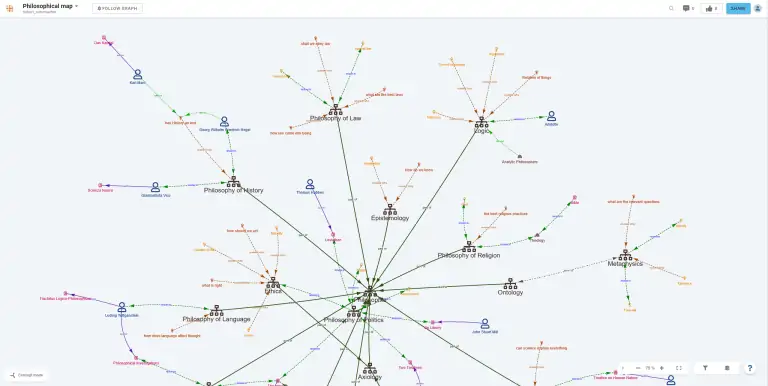A concept map is a special form of a web diagram for exploring knowledge and gathering and sharing information. Concept mapping depicts a visual form of concepts, ideas, theories, or questions. Concept maps can show existent or new relations. They are aids to processing information, storing or retrieving information, and solving problems.
Concept mapping is an excellent tool for analysis because it’s a technique that emphasizes illustrating how concepts are linked and related — understanding how concepts are connected in a critical approach for deepening our comprehension of a subject matter. You can also take help of a simple concept map online tool.

There are many advantages of using concept mapping:
Concept maps are especially helpful for visual learners, enabling them to develop a firm grasp of concepts that would otherwise be difficult with only text.
Concept maps enable you to gain broad insight on a subject and visualize the relationships between ideas and concepts.
Concept maps are useful for analyzing big data or a large body of information because they break up information into smaller chunks, going from broad to specifics.
Concept maps are useful for integrating new knowledge and information with already existing knowledge, thereby improving learning.
Concept maps have been proven to improve learning and enhance the brain's ability to retain information.
The use of concept maps enables one to develop metacognitive and advanced-thinking skills.
Also, concept maps in education foster deep comprehension among students because it enables them to identify how concepts are related, thereby deepening their understanding about a subject matter.

